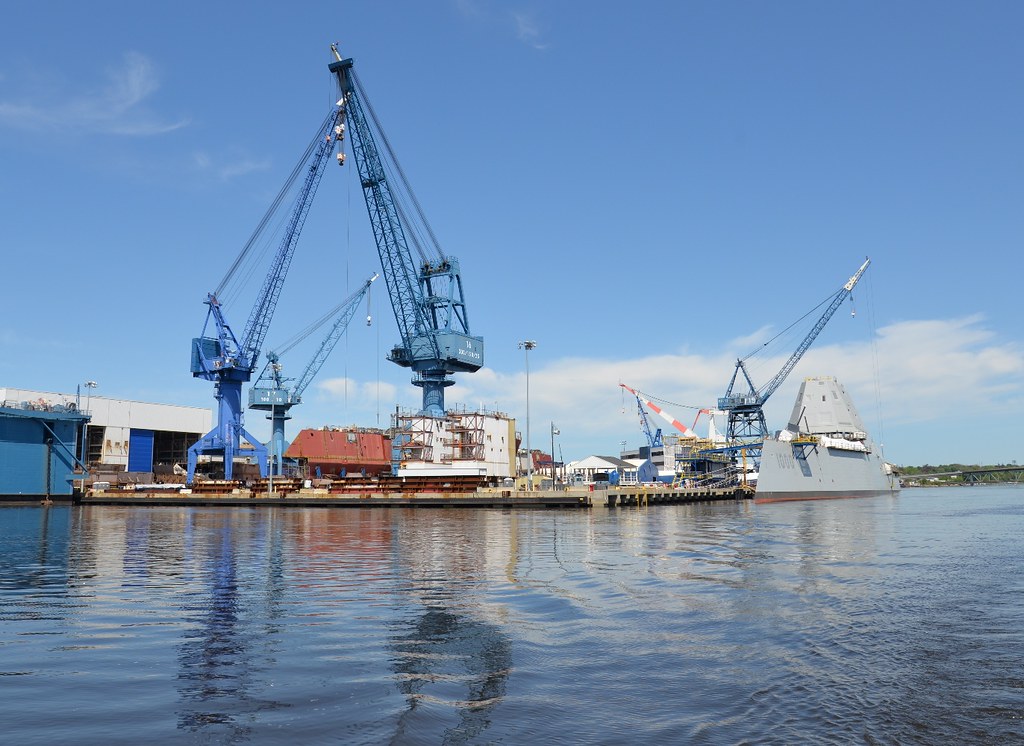600 U.S.-based soldiers will deploy to Europe
Aug. 14, 2014 - 06:00AM |
4 Comments
A
A
Ironhorse aids in precision air drop exercise
Soldiers assigned to 1st Brigade Combat Team, 1st Cavalry Division, will soon deploy to Europe for a three-month rotation. (Sgt. John Couffer / Army)
By Michelle Tan
Staff report
FILED UNDER
News
About 600 soldiers from the 1st Cavalry Division’s 1st Brigade Combat Team will rotate into Europe in October as part of Operation Atlantic Resolve.
The soldiers from Fort Hood, Texas, will replace soldiers from the 173rd Airborne Brigade Combat Team, of Vicenza, Italy, who have been participating in land forces training exercises in Poland and the Baltic states since April.
The exercises are designed to reassure NATO allies and partners of America’s dedication to enduring peace and stability in the region in light of the Russian intervention in Ukraine, according to a Defense Department news release.
Paratroopers from the 173rd Airborne Brigade have been participating in multinational training exercises with troops in Estonia, Latvia, Lithuania and Poland since April. These exercises have been taking place at the request of the host nations, according to information from the Army.
The 1st Cavalry Division soldiers — most of whom will be from the brigade’s 2nd Battalion, 8th Cavalry Regiment — are expected to be in Europe for about three months, and they’ll bring with them training equipment such as infantry fighting vehicles, cavalry fighting vehicles and armored personnel carriers.
They will be the first U.S.-based soldiers to rotate to European Command’s area of operations.
The unit’s deployment is part of the Army’s ongoing regionally aligned forces concept, which aims to provide combatant commanders around the world with trained and ready troops.
These troops, who will receive targeted cultural and language training, could be called upon to conduct activities such as military-to-military engagements and exercises.
Earlier this year, about 1,200 soldiers from 1st BCT participated in the Combined Resolve II exercise at the Joint Multinational Training Command in Germany in preparation for Operation Atlantic Resolve.
In June, the brigade sent an infantry company to Saber Strike, a security cooperation exercise primarily focused on the three Baltic states and involving about 4,500 troops from 10 countries, said Capt. John Farmer, the brigade spokesman.
Soldiers from the brigade also are scheduled to participate in Combined Resolve III later this year, also at JMTC.
The 1st BCT was first regionally aligned with Europe late last summer. As part of their alignment, they also are the U.S. contingent of the NATO Response Force, a multinational force designed to deploy quickly wherever needed, whether it be for disaster response and humanitarian relief, or stabilization operations and combat operations.
The force, which was announced in 2002, also serves as a tool to maintain and grow the ability of forces from across NATO to work together.
The alignment of 1st BCT marked the first time the U.S. has committed one of its primary fighting formations to the international effort.
Operation Atlantic Resolve was born in April, when the Army sent four company-sized infantry units from the 173rd to Poland, Lithuania, Latvia and Estonia.
“Since Russian aggression in Ukraine, we have been constantly looking for ways to reassure our allies and partners … of our commitment to Article 5,” Pentagon Press Secretary Rear Adm. John Kirby said at the time, referring to the key element of the NATO alliance treaty that states an attack on one of the 28 member countries will be considered an attack on all.
The Army deployment marked the first sustained addition of ground forces into Eastern Europe since Russia’s invasion of the Ukraine’s Crimea region began in late February.
The 173rd is on its third rotation of paratroopers since its initial deployment in late April, said Maj. Michael Weisman, the brigade spokesman.
“We have maintained roughly 600 paratroopers as a whole,” he said.
Soldiers from the brigade’s 1st Battalion, 503rd Infantry Regiment made up the bulk of the first rotation. They were replaced by soldiers from 1st Squadron, 91st Cavalry Regiment, and those soldiers are now being replaced by troops from 2nd Battalion, 503rd Infantry, Weisman said.
Each unit’s rotation has lasted about 60 days, he said.
The brigade also sent troops from 4th Battalion, 319th Airborne Field Artillery Regiment to support live fire exercises, marking the first time U.S. artillery has ever been in the Baltic states, Weisman said.
In addition, soldiers from the Brigade Support Battalion and Brigade Special Troops Battalion also have been deployed, he said.
Since April, the paratroopers have conducted allied airborne operations in each country, conducted training on everything from small arms to Javelin anti-tank missiles, run combined-arms live fires events, and conducted helicopter operations with help from elements of the 12th Combat Aviation Brigade, Weisman said.
The troops also have engaged with their host communities, Weisman said.
“We’ve marched alongside our hosts in national and regional memorial ceremonies and national independence parades, helped open hospitals, refurbish orphanages and made a positive contribution to our host communities in each country,” he said.



